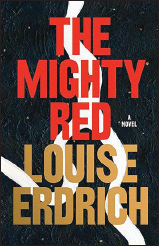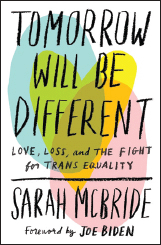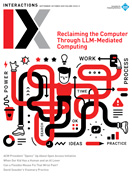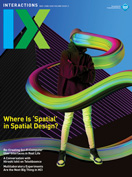Authors:
Carrie Yury
My son and husband gave me a Little Free Library (https://littlefreelibrary.org) last year. It's wonderful. Having access to it is like having a hummingbird feeder but for humans. Although we are technically providing a service to the neighborhood, what we get in return is the delight of observing our neighbors as they hover near the bright yellow box full of books in our front yard, checking out the latest selections. And it's magical. I have never seen anyone take or leave a book, but the selections constantly change. My husband thinks it means we have well-read neighbors. I love that it gives me a look into their minds.
My approach to literary curation has long been somewhat random and opportunistic; I take what's on offer and read widely. Sometimes it's investigative journalism or a dramatization of a historical period; sometimes it's a murder mystery, and many times it's popular fiction or a podcast. What I enjoy most are the random connections between books and other sources of reading material. To that end, this is a collection of loose associations, including provenance. But like my little library, the books are all about building community and relationships.

My 2023 book of the year was The Lost Bank: The Story of Washington Mutual—The Biggest Bank Failure in American History, by Kirsten Grind. Although it was a random digital library find, it ended up being the perfect read on the financial industry, after I had joined the digital team of Chase Bank. A compelling retelling of the rise and fall of Washington Mutual during the 2008 banking crisis, The Lost Bank helped me understand the historical and systemic ways in which everyday people—from customers to employees—are deeply affected by the vast net of the abstract and complex financial industry.
The Lost Bank continues to be relevant in these turbulent economic times and is the nonfiction flip side to the book I just finished for my neighborhood book club, The Mighty Red, by Louise Erdrich. Also largely set during the financial crisis of 2008, it is a story of small-town trauma, secrets, survival, and love during environmental and economic collapse. The heart of this book is the relationship between an Ojibwe teenager and her mother. As the mother of a teen, I found the almost telepathic subtext struggle between the mother and her child all too relatable. Told from the chemical-stripped sugar beet fields of North Dakota, the story is a haunting indictment of late-stage capitalism from the ground up, both prosaic and lyrical. In spite of the serious subject matter, it's laugh-out-loud funny, something I desperately need these days.

Tomorrow Will Be Different: Love, Loss, and the Fight for Trans Equality is the autobiography of Sarah McBride, the first openly trans woman to be elected to Congress. McBride is a born politician. While other children were playing with dolls, she was making scale models of the White House. I've never heard of someone who was so driven to go into politics from an early age. McBride's memoir is big. She tells us about coming out and finding her footing as a trans woman, fighting for her rights and those of all LGTBQ+ people, falling in love and marrying, and then losing her husband, Andy. It's incredible listening to her describe such an incredible life (and I did listen—McBride reads the memoir herself). And this was before her fight for Congress, before being publicly misgendered and denied the ability to use the women's bathroom by opposing party members in Congress. I do hope that she is right, that tomorrow will be different, and that it will be better for trans people. But it's going to take more than hope: We have to develop empathy and take action. For anyone trying to do this and be a better ally to trans people, this is a great read.

Lastly, I was introduced to the DrawTogether with WendyMac (https://club.drawtogether.studio) Substack by my friend, the designer and artist Holly Holmquist. She invited me to do illustrator Wendy MacNaughton's "30 days of drawing" challenge. This Substack began as an emergency response that gave children a creative outlet during Covid lockdowns and has since grown to a strong and supportive community of people who are interested in the world, one another, and drawing. I completed the 30 days, and it helped me survive the extraordinarily difficult month of January, when fires raged in Los Angeles and Americans' rights, including those of trans people, were under fire nationally. I'm now a member of the Grown-Ups Table, which is a self-selected subset of DrawTogether members who continue to connect under MacNaughton's nurturing, humorous tutelage, getting weekly in-depth online lessons in art, drawing, history, and humanity.
Carrie Yury is a managing director of UX research at JPMorgan Chase, where she leads teams that work on the company's digital portfolio. An artist, educator, and writer, she has been an Ethnographic Praxis in Industry Conference volunteer for many years, and she cochaired the EPIC 2024 conference. [email protected]
Copyright 2025 held by owner/author
The Digital Library is published by the Association for Computing Machinery. Copyright © 2025 ACM, Inc.







Post Comment
No Comments Found